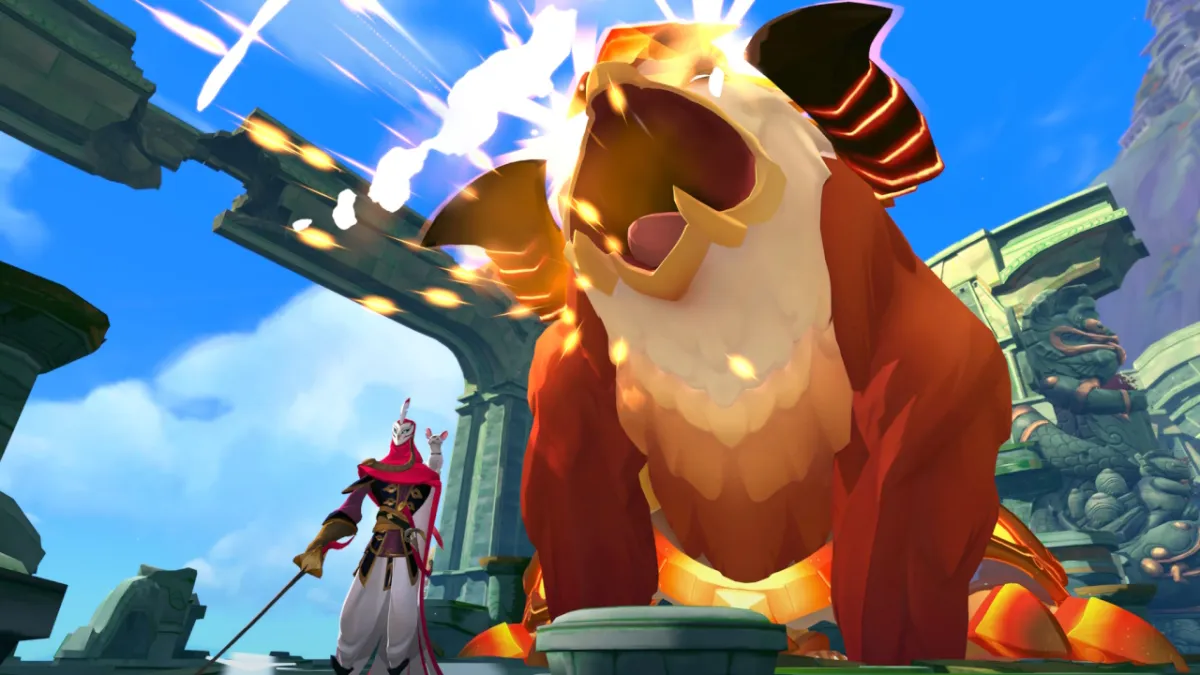PC diversity is a wonderful thing. It lets people pick and choose from a myriad of components and construct the computer of their dreams (or, more often, the computer of their price range). Just like in RPGs, this sense choice is terrific. But when it comes to games reviews, it can be a problem. A big problem.
Range of choice can also mean range of experience; so while my time with King Arthur II has been relatively smooth, I know from reading around online that this is far from the case for everyone. First, the game didn’t unlock on time for people who’d been in the beta or for members of the press. Then, one of the (pleasingly regular) patches caused a ‘cannot load flag textures’ error message between loading screens. Worst of all, players with all manner of PC configurations have reported frame-rate issues that can send the FPS dipping into the mid-teens on rigs that should be able to eat the game alive.
The ‘flag texture’ error is fixed now and the latest couple of patches have stabilised my frame-rates. At something like fifteen hours with the game, I’ve had one random crash back to the desktop and come across very few bugs. So keep in mind that this review is coming from someone who hasn’t encountered many of the issues confounding other players. At this point, I’m about to begin Chapter Four (of five) in the game and I’m confident that things will stay stable from this point onward. Sadly, it seems that won’t be everyone’s experience.
Since there’s really no way of gauging how many issues the ‘average’ King Arthur II player will run in to, I can only write about the game from my own perspective. Just be aware that this may not be the case for you (although, with the rate patches are coming out, I’d imagine the odds will keep on improving).
Anyway, enough waffling about hypotheticals. What’s the game actually like?
Well, it’s not Total War. It’s crucial to say that, because the screenshots of strategic maps and tactical battlefields might give you that impression. I can practically see that thought forming in your mind, ‘ooh, this looks a bit like a Total War game’. Well stop it. It’s not.
In the first King Arthur game, there was a fair bit of kingdom management (it was necessary to keep populations happy enough to produce food for your armies, for example) and the strategic map was somewhat open for you to wander around on. The down side of this freedom was that certain quest lines could be activated before you were ready to handle them. Developers Neocore have responded to this by making the game much more linear. You can no longer create new armies as you please (you’re given a second in Chapter Three and a third later on) and various areas of the map are blocked off by ‘impossible’ foes.
Fiefdoms now only really exist to help you recruit troops and boost the damage or experience of those soldiers and your hero. Essentially, they’re now a support layer for your armies. Aside from the occasional enemy force finding its way onto your lands (which is quite annoying, because it resets the ownership of each realm meaning you have to hand them out to your heroes again when you recapture the area), the map just serves as a canvas for sending your knights to the next battle or quest. Rather than being a strategy-RPG hybrid like it’s predecessor, King Arthur II is far more of an RPG-tactical battle combo.
Once again, those battles owe more of a debt to the old Warhammer games like Dark Omen than they do Total War. Powerful heroes with even more powerful magic are the central figures, but some level of tactical skill is also necessary for using each of your troop-types correctly. While you’ll start out with the regular archers-infantry-spearmen-cavalry combination, by the mid-game point your force may well have several flying units and other mythological creatures (such as werewolves) in tow. The battle system is not quite a straightforward ‘rock, paper, scissors’, but certain units are definitely meant to be matched against others (spearmen, for example get a huge bonus against cavalry and monsters).
Flying creatures are one of a few new additions to the battlefield in King Arthur II (though I believe they also appeared in some King Arthur DLC), giving your infantry a new role (guard) around archers. The capture points system from the first game has been altered too. Now, the battle will no longer end as soon as one side captures all the locations; each point simply grants the use of a spell or other handy bonuses like a steady mana supply. Speaking of which, a new magic mechanic has been added that gives each army a ‘magic shield’. This protects against magic but steadily decays as spells are cast, so an important part of the magical battle is now keeping your own shield up while whittling down the enemy’s.
[video2=2704]
As it happens, that’s not all that tough. Once your heroes have levelled up a few times you’ll be raining lightning and fire down on the opposition with merry abandon. That’s bad news for the enemy troops, because spells (at present) are extremely destructive. While it’s undeniably fun to watch a bolt of lightning send hapless infantry flying into the air, if you have a couple of ‘sage’ class characters in your army the fights become rather trivial, no matter the difficulty level. The AI is competent, but once you know its limited supply of tricks it’s simple enough to avoid cavalry attacks from the flanks and keep lightly armoured men away from its archers. Indeed, the AI seems quite similar to that in the original King Arthur. It can react and respond to your actions, but doesn’t really come up with many unscripted plans of its own.
In truth though, I’m not sure what plans it could possibly come up with to defeat the barrage of spells you’re able to throw at it. Neocore could have artificially bumped up the enemy spell shield or hit points of its troops, but these would’ve been cheap solutions (and much more annoying than the ‘problem’ of easy battles). As a result, the tactical battles become something of a procession; a distraction between narrative advancement where you can marvel at the pretty spell effects and enjoy the detailed animations of your soldiers (if you can find the time to zoom in and look; as with most of these games 95% of the time you’ll be directing things from an aerial viewpoint).
The story is pushed along by the triumphant return of Neocore’s retro Fighting Fantasy-esque ‘choose your own adventure’ quests. When you aren’t using the overview map to travel to battles, you’re wandering to text-based (although also fully voiced) missions with multiple choice options for each decision. You might, say, be trying to sneak into an old cathedral but see a patrol in the distance; do you hide, use magic, or try to engage them in combat? Each choice will have a different outcome (though none will outright ‘fail’ the quest) and result in different rewards or upgrades once the adventure is complete. Moral and religious choices will affect your rightful/tyrant and Old Faith/Christianity axis’, which in turn may open up new recruitment options or spell abilities.
Alongside the more in-depth text-based adventures are one-off ‘diplomacy’ quests that can raise your standing with nearby provinces. As with much else in the game, these ultimately exist to provide potential stat upgrades to your heroes and soldiers (such as trading for some purebred horses to improve the speed of your cavalry). Just as they were in the first King Arthur, the choose your own adventure sections feel like a neat, calculated throwback to a previous era; something akin to filming a modern movie in black and white for stylistic purposes. Going all-text allows the developers to maintain the rich, mythological background to the game, and provides narrative variety unrestricted by development time or costs.
King Arthur II is less ambitious but more refined than the glorious, sprawling reach of the original. Where that game threw everything into development and didn’t seem to care what stuck, King Arthur II has opted to remove (rather than improve) the parts which didn’t quite function correctly. Mechanically, it makes for a smoother experience, but it’s at the expense of strategic freedom. Now, the focus is almost entirely on moving your heroes to key tactical battles and emerging victorious. Morality, magic, special items, province buildings and research all direct their results to your troops. King Arthur II is a simpler, more direct game than its predecessor, but as a result some of the expansive potential put forward by that title has been lost.



